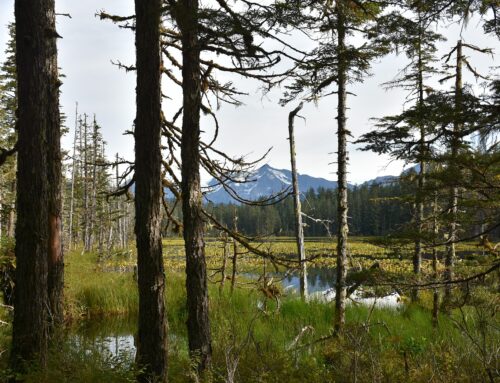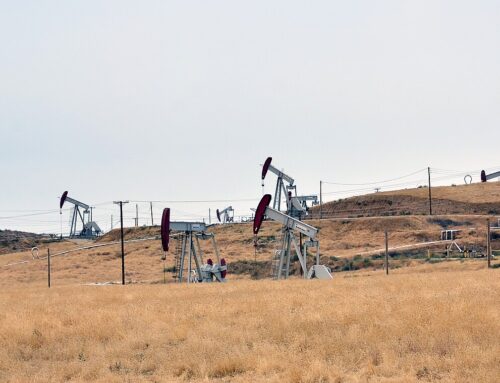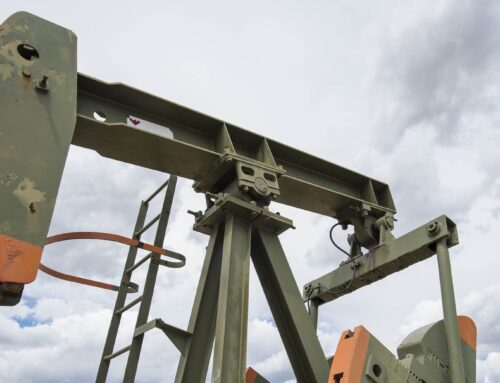Uncle Sam has been giving away gold, silver, copper and other minerals that are extracted from taxpayer-owned federal land for free for well over a century.
This week a congressional committee passed legislation attempting to end this subsidy. As we have mentioned before, the Mining Law of 1872 is the granddaddy of all federal subsidies. This 135-year old law allows minerals to be extracted from federal lands for free. The Congressional Budget Office (CBO) estimates the mining industry receives about one billion dollars worth of minerals from federal lands each year without paying taxpayers a dime. Unlike the oil, gas and coal industries who all pay the federal government a royalty, mining companies pay nothing for the privilege to mine on public lands.
Congressional action this week would require a four percent royalty on existing mining operations on federal lands and an eight percent royalty on all new mining operations on federal lands.
Meanwhile, representatives of the mining industry and others continue to cry poor, arguing that their lucrative industry could not possibly afford an 8 percent royalty on the billion dollars worth of minerals extracted annually from federal lands. However, the mining industry is facing increasing record profits . As an example, Australia’s Rio Tinto Ltd ., which holds claim to just under 200,000 U.S. acres of public land, reported a 2006 profit of $7.9 billion. And Canada’s Barrick Gold Corporation reported 2006 net earnings of more than $1.5 billion. According to this analysis of Bureau of Land Management data, these multinational companies held claim to 785,490 acres of public land.
Among experts there is little dispute that hardrock mining companies in the U.S. should pay something. The U.S. is one of the only countries that does not make companies pay. Currently, companies are required to pay a royalty on most state and tribal land when they mine.
And not only do other extractive industries such as oil, gas, and coal pay royalties as high as 12.5 percent, but extractive industries, including hardrock mining, receive substantial preferential tax treatment. According to Congressional Research Service (CRS), the hardrock and coal mining industries have available special tax breaks on the minerals they extract at great profit. They are allowed to “expense” certain mining costs through depletion or depreciation treatment of certain exploration and development costs; they are allowed to take a “percentage depreciation allowance,” on the value of the mineral(s) extracted; and, they are allowed to deduct the expected costs of clean-up and reclamation before they actually pay those costs. Finally, and laughably, if a royalty becomes law, mining companies will be able to deduct those payments from their taxes.
Not only is the federal government giving away billions of dollars of minerals for free, but 6 of 10 of the top mining companies operating in the U.S. are foreign-owned. So these taxpayer provided freebies actually flow to fat cats in other countries!
After getting billions of dollars in gold and other minerals for free, it is time for the hardrock mining industry to reimburse taxpayers and the federal government with at least a small portion of the profit pie. The Natural Resources Committee attempting to end the century old subsidy is only the first of several hurdles for ensuring taxpayers get a return on public lands investment. There’s the House floor and then the Senate where, historically, good mining reform has gone to die.
Congress needs stand strong to pass meaningful mining reform into law and give taxpayers their fair share of the earnings reaped from taxpayer owned public lands.
For more information, contact Steve Ellis at (202)-546-8500 ext. 126 or steve [at] taxpayer.net










